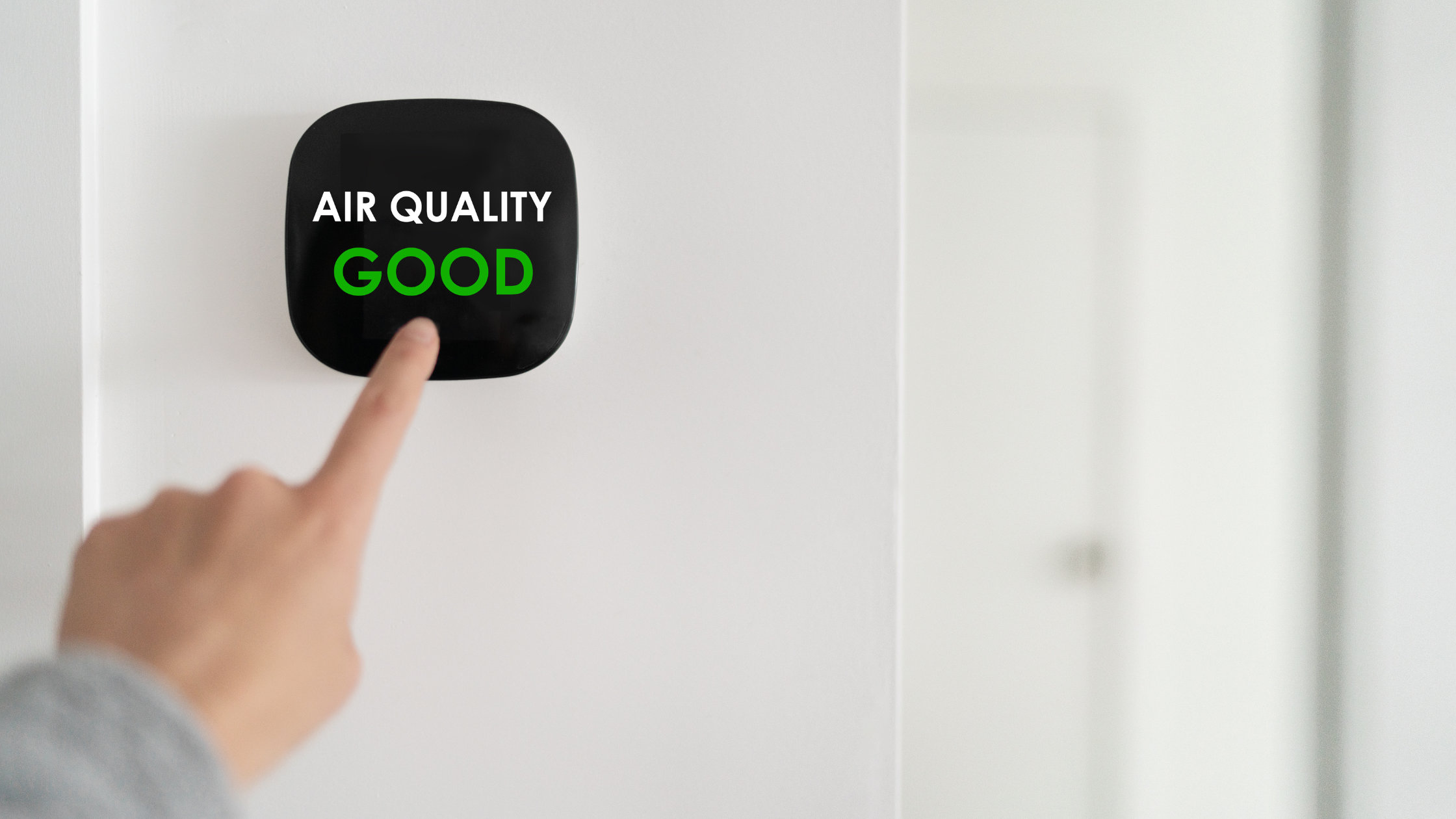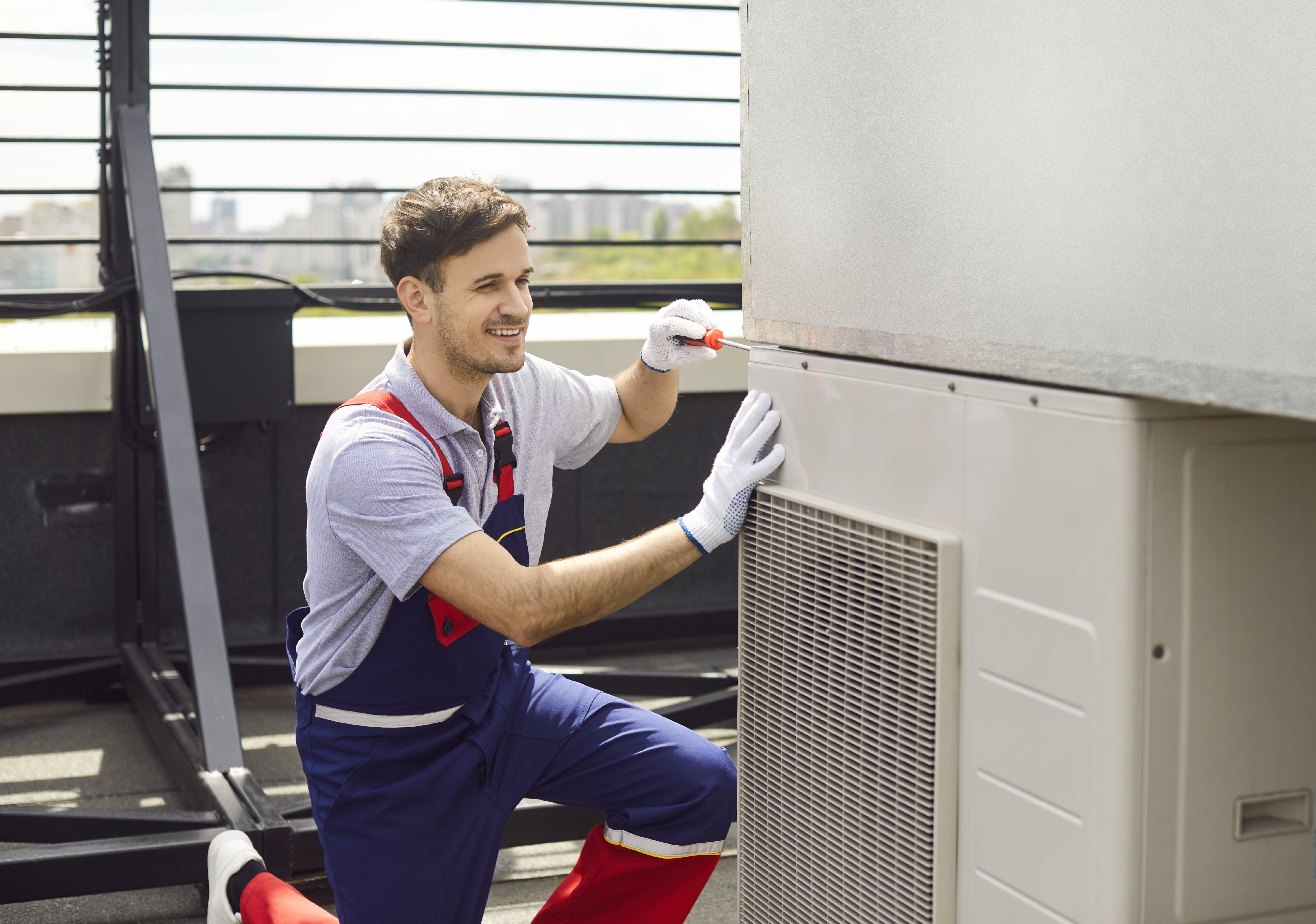Understanding the Life Expectancy of Commercial Flat Roofs
Introduction to Flat Roof Lifespan
For property managers overseeing commercial buildings, understanding the lifespan of flat roof systems is crucial. Flat roofs, known for their modern aesthetic and space efficiency, offer various benefits, but they also come with specific considerations regarding durability and maintenance.
Several factors contribute to how long a flat roof will last. The type of materials used is a significant determinant. While some materials like modified bitumen or built-up roofing have been popular for decades, newer options such as TPO (Thermoplastic Olefin) and EPDM (Ethylene Propylene Diene Monomer) offer improved longevity and energy efficiency. Each material has its own set of advantages and potential drawbacks that can influence the overall lifespan.
Another critical aspect is the quality of installation. A well-installed roof can provide years of reliable service, whereas poor installation can lead to premature issues and costly repairs. It's essential to ensure that the roof is installed by experienced professionals who follow industry best practices and manufacturer guidelines.
Maintenance practices also play a pivotal role. Routine inspections and timely repairs can address minor issues before they escalate, thereby extending the roof's useful life. Neglecting maintenance can result in more frequent problems and a reduced lifespan, which can be particularly challenging for commercial properties with high traffic or complex HVAC systems on the roof.
Lastly, environmental conditions should not be overlooked. Factors such as extreme weather, UV exposure, and temperature fluctuations can impact the longevity of a flat roof. Being proactive about addressing these elements through weatherproofing and other protective measures can make a significant difference in how long your roof will serve your property effectively.
Factors Affecting Roof Lifespan

The longevity of a flat roof can be influenced by various factors, starting with weather and environmental conditions. Harsh weather, such as heavy rain, snow, and extreme temperatures, can wear down roofing materials, leading to potential damage. UV exposure from the sun can also degrade materials over time. The quality of materials and installation methods plays a crucial role in a roof's lifespan. For example, metal roofs that are installed with the proper slope and following installation guidelines can last 30 years or more. Therefore, selecting high-quality materials and ensuring skilled professionals carry out the installation can be a wise investment.
Additionally, the design and slope of the roof impact how well it sheds water and withstands various weather conditions. Flat roofs with inadequate drainage systems are more prone to water pooling, which can lead to leaks and structural damage over time. This makes the initial design phase critical to the roof’s longevity.
Routine maintenance also has a significant impact. Neglecting regular inspections and minor repairs can exacerbate issues, leading to a shorter roof lifespan. Small problems like minor leaks or cracks, if left unaddressed, can evolve into more severe and costly damage.
Moreover, the presence of rooftop equipment, such as HVAC systems, can introduce additional stress and potential leak points. Ensuring these installations are properly sealed and maintained is essential for preserving the integrity of the roof.
In sum, understanding and addressing these factors can significantly influence how long a flat roof will last. By prioritizing quality materials, skilled installation, thoughtful design, and consistent maintenance, property managers can maximize the lifespan and performance of their flat roof systems.
Importance of Preventative Roof Maintenance
Routine maintenance is essential for extending the lifespan of flat roofs. Regular inspections help detect early signs of wear and tear, such as small leaks, cracks, or material degradation. Catching these issues early can prevent more significant damage and costly repairs down the road.
Moreover, a well-maintained roof provides better protection against environmental stressors. Seasonal checks can identify potential vulnerabilities caused by weather changes, ensuring that the roof remains robust year-round. Cleaning gutters and drains, for instance, can prevent water pooling and the resultant structural damage.
Preventative maintenance also includes timely repairs and updates. Replacing worn-out materials and resealing weak spots can significantly enhance the roof's durability. This proactive approach can minimize disruptions to building operations and avoid unexpected repair costs.
Documentation plays a critical role in maintenance. Keeping detailed records of inspections, repairs, and any alterations helps in tracking the roof's condition over time. This information is invaluable when planning future maintenance or upgrades and can be beneficial during insurance claims or warranty disputes.
Partnering with a reliable roofing company for a maintenance program can ensure that your roof receives consistent and professional care. Experts can provide valuable insights and recommendations tailored to your specific roofing system, making it easier to address potential issues before they escalate.
In summary, prioritizing regular upkeep not only extends the roof's lifespan but also contributes to the overall health and efficiency of the building. With a well-maintained roof, you can mitigate risks, optimize performance, and ultimately protect your investment.
Upgrades to Enhance Roof Durability

Upgrading your flat roof can significantly boost its durability, helping you avoid frequent repairs and extend its lifespan. One effective approach is to apply advanced roofing membranes. These materials offer enhanced protection against leaks, UV rays, and extreme weather, making them a valuable investment for long-term roof health.
Another key upgrade is adding or improving insulation. Enhanced insulation helps maintain a stable internal temperature, reducing the thermal stress on roofing materials and increasing energy efficiency. This not only prolongs the life of the roof but also lowers utility bills, offering a double benefit.
Roof coatings are another option worth considering. Reflective coatings, for instance, can deflect a significant portion of the sun's heat, mitigating UV damage and keeping the roof cooler. This reduces wear and tear on the materials and can lead to substantial energy savings.
Reinforcing weak areas with additional support structures can also be beneficial. Areas around HVAC units or other rooftop equipment often experience added stress, making them more prone to leaks and damage. Strengthening these spots can prevent future issues and enhance the overall resilience of the roof.
It's also wise to explore modern drainage solutions. Upgrading your drainage system can prevent water pooling, which is a common issue for flat roofs. Efficient drainage helps avert leaks and structural damage, ensuring that water is effectively channeled away from the roof surface.
Finally, regular assessments by professionals can identify potential weak points that might benefit from these upgrades. Their expertise can guide you in selecting the most effective enhancements tailored to your specific roof system, ultimately ensuring a more durable and long-lasting roof.
Choosing the Right Roofing Company

Selecting the right roofing company is crucial for ensuring the longevity and performance of your flat roof. To make an informed choice, start by researching contractors with a solid reputation in commercial roofing. Check for certifications and memberships in professional organizations, as these often indicate a commitment to industry standards and ongoing education.
Experience matters, especially with flat roofs, which have unique challenges compared to pitched roofs. Ask potential contractors about their experience specifically with flat roof systems and the types of materials they frequently work with. Inquire about past projects similar to yours and request references or case studies.
Transparency is another key factor. A reliable roofing company should provide clear and detailed estimates, outlining the scope of work, materials to be used, and timeline. They should also be willing to discuss any warranties or guarantees associated with their work, ensuring you understand what is covered and for how long.
Additionally, consider the company's approach to communication. Effective communication is vital for managing expectations and addressing any issues that arise during the project. Look for a contractor who is responsive and willing to answer your questions in a timely manner.
Insurance is non-negotiable. Ensure the company carries both liability insurance and workers' compensation. This protects you from potential liabilities in case of accidents or damage during the project.
Finally, don't underestimate the importance of a formal contract. A well-drafted contract should include all the project details, payment schedule, and terms of service. This document will serve as a reference point and protect both parties throughout the duration of the project.
By carefully considering these factors, you can select a roofing company that aligns with your needs and ensures a successful outcome for your flat roof investment.
Cost-Benefit Analysis of Roof Investments
Investing in a flat roof requires a careful balance between initial expenses and long-term benefits. High-quality materials and expert installation may come with a higher upfront cost, but they can significantly reduce maintenance and repair expenses over the roof's lifespan. For example, enhanced insulation and advanced roofing membranes can lead to substantial energy savings, lowering utility bills. Additionally, a well-maintained and durable roof can minimize disruptions to building operations, protecting your investment and ensuring business continuity. Evaluating these factors helps you make informed decisions that support both the financial and operational health of your property, ultimately leading to a more sustainable investment.
Posts by Tag
Recent Posts
Popular Posts
Selecting the appropriate roofing system is...
The connection between the quality of our...
Recent Posts
When faced with Emergency Commercial Roof...
As hurricane season approaches, property managers...







